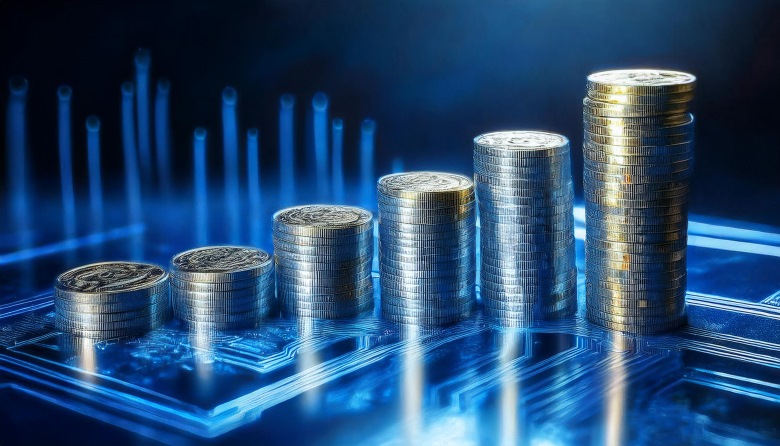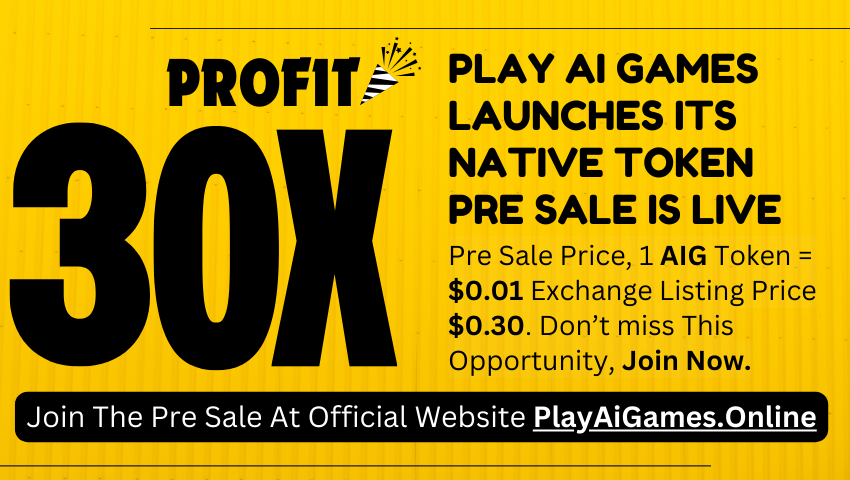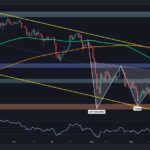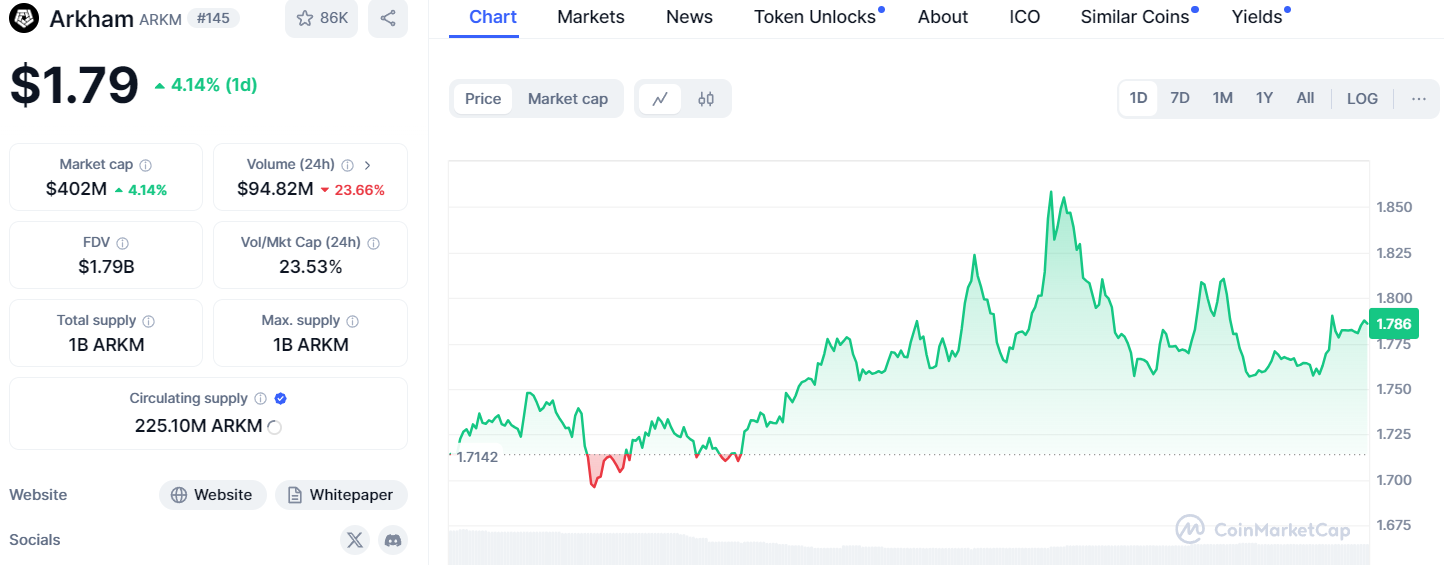
Tokenized money market funds (TMFs) are rapidly emerging as a significant innovation in the financial world, utilizing blockchain technology to digitize traditional money market assets like U.S. Treasury bills. These funds are gaining popularity due to their liquidity, transparency, and global accessibility. Unlike traditional money market funds or exchange-traded funds (ETFs), TMFs can be traded 24/7 and offer investors a new level of flexibility by eliminating many of the logistical barriers tied to traditional financial markets.
As of 2024, the size of tokenized money market funds continues to expand, with notable players such as BlackRock and Franklin Templeton leading the charge. BlackRock’s BUIDL tokenized fund currently manages around $520 million, while Franklin Templeton’s FOBXX holds approximately $420 million. The overall tokenized treasury market has surpassed $1.3 billion, reflecting the increasing interest in blockchain-based financial products.
Why TMFs Are on the Rise
Several factors are driving the rapid adoption of TMFs. Firstly, tokenization provides unparalleled liquidity, allowing investors to trade assets at any time of day, a significant advantage over traditional funds and ETFs, which are restricted to market hours. Investors are also attracted to the concept of fractional ownership, which lowers the entry barrier, enabling smaller investments in traditionally expensive assets like U.S. Treasury bills. Furthermore, blockchain technology ensures transparency by providing real-time tracking of asset ownership and transactions, which reduces the need for intermediaries and lowers administrative costs.
TMFs are also much more accessible on a global scale. The decentralized nature of blockchain means that investors from different countries can buy into these funds without facing the same restrictions imposed by local regulations, which can often limit access to traditional ETFs. This feature has positioned TMFs as a highly attractive alternative, especially in regions where access to global financial markets may be limited
How TMFs Differ from Real-World Assets (RWAs)
While both TMFs and tokenized real-world assets (RWAs) are built on blockchain, they serve different purposes and cater to different investor needs. Technically, TMFs are a specific subset of RWAs, as they involve the tokenization of traditional financial instruments—such as U.S. Treasury bills and other short-term debt—on a blockchain. Since RWAs refer to any tokenized representation of physical or traditional assets, TMFs fall under this category. However, there are important distinctions in how they operate and are perceived in the market.
TMFs focus primarily on short-term, low-risk money market instruments, offering investors liquidity and stability, similar to traditional money market funds. Their primary advantage comes from the blockchain technology that facilitates real-time transparency, fractional ownership, and 24/7 trading.
RWAs, on the other hand, represent a broader spectrum of asset classes, including real estate, private credit, and commodities, which may carry higher risks and offer higher potential returns. The diversity of RWAs means that their risk-return profiles can vary significantly based on the type of asset being tokenized.
The Backbone Technology Powering TMFs
At the heart of TMFs is blockchain technology, which not only facilitates the tokenization of assets but also ensures secure and transparent transactions. These funds leverage smart contracts to automate processes such as issuance and redemption, reducing the need for manual intervention. Platforms like Ethereum, Polygon, and Solana are widely used for tokenized funds, providing the infrastructure necessary to maintain the security and efficiency of transactions
The integration of TMFs with decentralized finance (DeFi) platforms provides additional utility for investors. Tokens representing TMFs can be used as collateral in DeFi protocols, increasing their flexibility. This feature makes TMFs more appealing to crypto-savvy investors. It allows them to diversify their portfolios while benefiting from blockchain’s decentralized capabilities.
TMFs vs. ETFs: A Key Distinction in Accessibility
One of the most significant advantages of TMFs over traditional ETFs is their global accessibility. ETFs are generally tied to specific financial markets and can be difficult for investors outside those regions to access. In contrast, TMFs are available globally, thanks to blockchain’s decentralized nature. This allows investors from anywhere in the world to participate in the fund without the need for intermediaries like brokers. Additionally, TMFs offer 24/7 liquidity, a feature that ETFs cannot match due to their reliance on stock exchange trading hours.
For global investors, especially in regions like the MENA, where access to U.S. markets is often limited, TMFs offer a unique opportunity to gain exposure to high-quality money market instruments. This makes TMFs an appealing option for both retail and institutional investors. They can diversify their portfolios with stable, liquid assets, avoiding the barriers that come with traditional ETFs.
What Lies Ahead for TMFs?
The rise of tokenized money market funds marks a major shift in how investors access and manage their funds. With benefits like global accessibility, 24/7 trading, and blockchain transparency, TMFs are set to play an important role in the financial ecosystem. As the market grows and the technology advances, TMFs could become the preferred choice for investors seeking security and flexibility.









